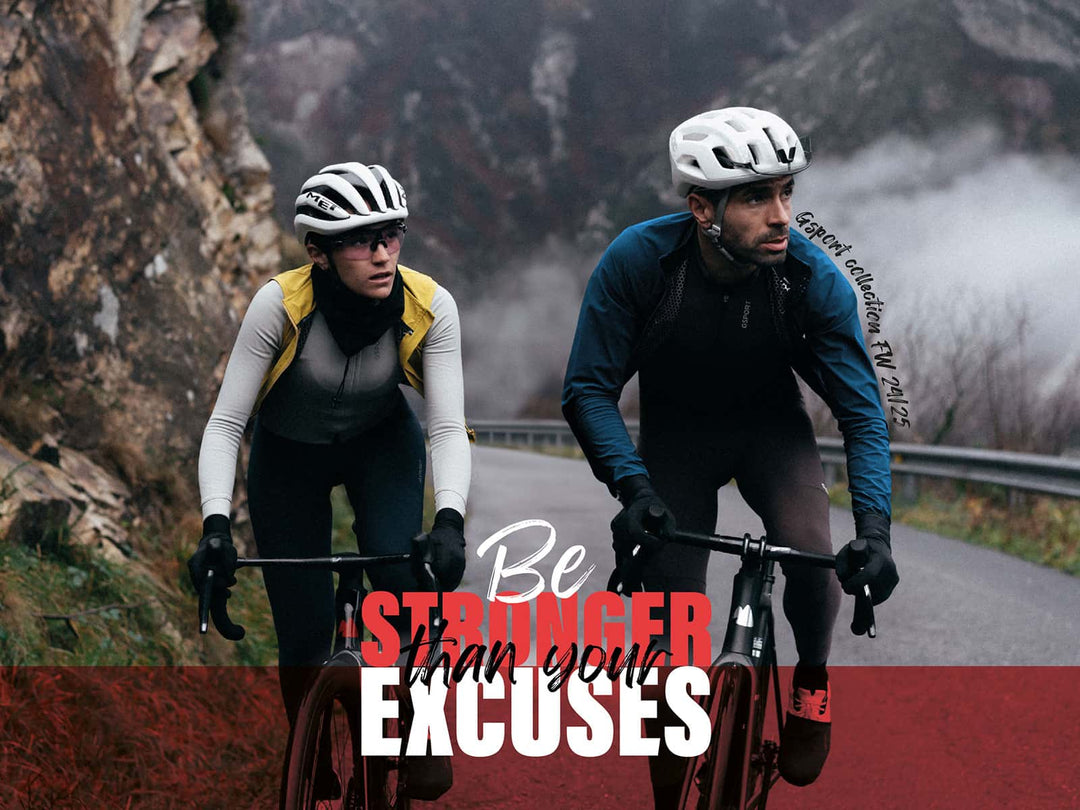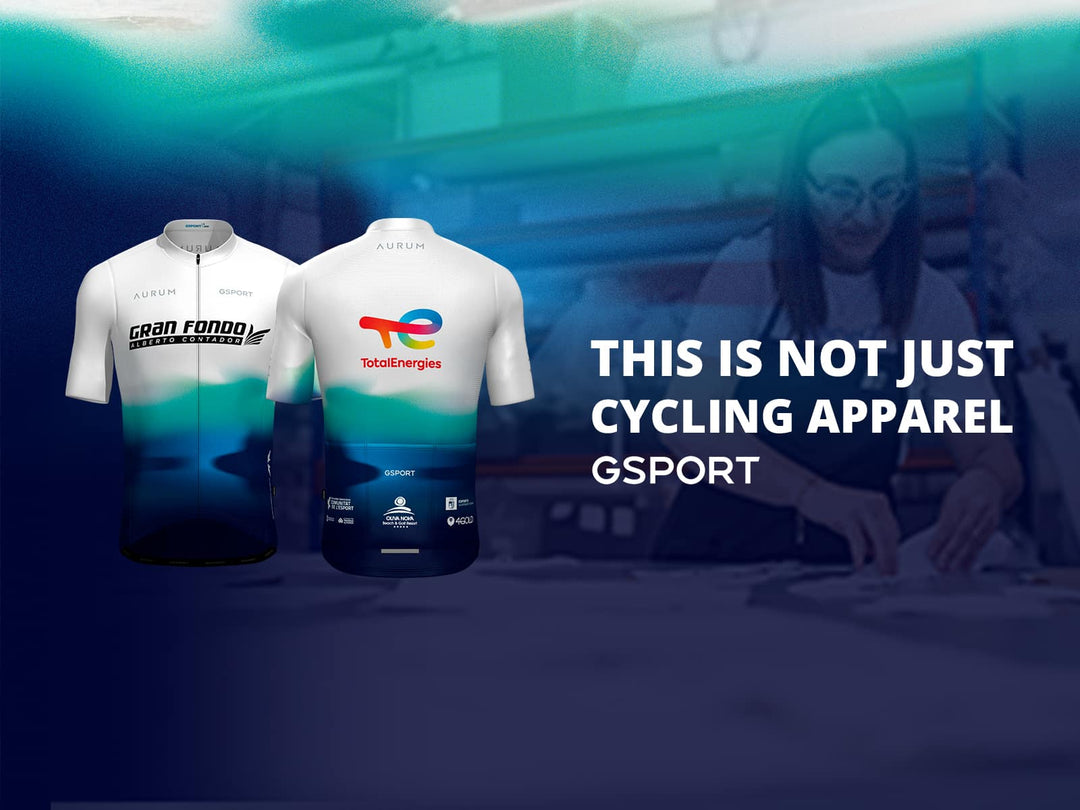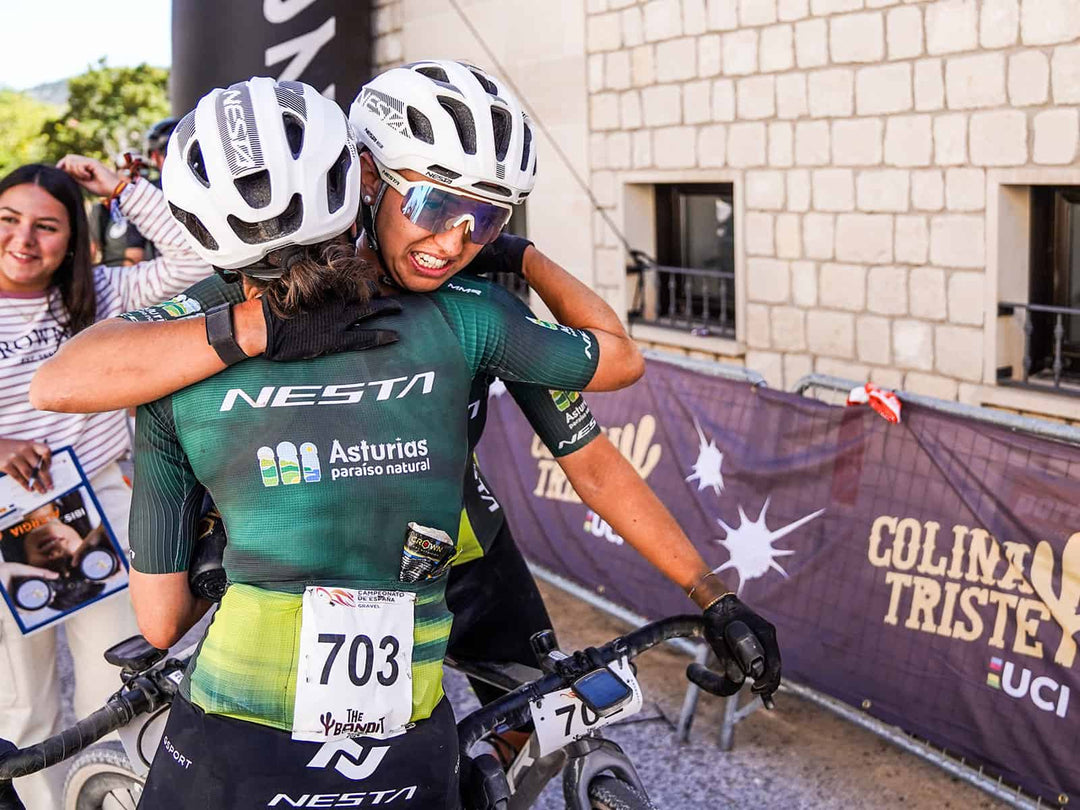Nutrition Tips for Cycling

In collaboration with Clínica Heben.
Do you know how to improve your sports performance through proper nutrition for cycling? We'll tell you what every cyclist needs before, during, and after competing or simply training..
From CLINICA HEBEN, we want to give you some tips that will help you maintain good nutrition while cycling. A key factor in the performance of any athlete that will also help you have the energy you need to achieve optimal workouts. Knowing what to eat, when to do it, how, and why are essential to learning to follow correct dietary guidelines. This will help your body perform at its best on the bike.
When and what should we eat for a bike training session?
Cyclists should primarily consider the intensity of their training and the hours they will spend on the bike. Additionally, factors such as weather should be taken into account, as heat, cold, wind... can affect the consumption of calories or minerals. Food will have to be adjusted according to these factors, and energy consumption will vary depending on one situation or another.
A cyclist should eat before, during, and after the training session:
BEFORE
It is essential to carefully consider the food you should eat before your bike ride to have enough energy to face the training. Pre-training meals should mainly consist of carbohydrate-rich foods, accompanied by a portion of protein and fat. This will provide you with energy and prevent you from feeling hungry during the first hours of training.
Depending on the type of training you are going to do, you will have to eat different proportions. In the case of high-intensity training, carbohydrate-rich foods will help you meet the established training goals. On the other hand, if you are doing low-intensity workouts, you should consume more foods rich in fats than carbohydrates.
Examples:
- Yogurt with strawberries, banana, and oat flakes
- Peanut butter toast
- Rice with vegetables
- Pasta with spinach, ham, and pine nuts
- Quinoa salad with tuna, cheese, and tomato.
DURING

Eating during the ride is very personal; it always depends on the hours of training you do and at what intensity you do it. As well as your body's ability to assimilate the food you consume while on the bike. Not everyone reacts well to it, but the good news is that it can also be 'trained'.
Examples of on-the-bike nutrition:
- Nuts
- Gels
- Energy / protein bars
- Fruit
AFTER
Eating well after training is just as important as before, as everything you ingest will directly affect the recovery process. In the first 30 to 45 minutes immediately after finishing exercise, the body is still active and therefore very receptive to assimilating nutrients. It's crucial to take advantage of this time window, hydrate well, and provide our body with the best foods so it can absorb them and improve your recovery.
There are many foods that cyclists can consume after workouts. It's important to consider foods that are rich in protein, carbohydrates, and also rich in antioxidants.
Examples:
- Berries (raspberries, blueberries, blackberries...)
- Meat/Fish with mashed potatoes
- Bean salad with hard-boiled egg
In addition to these natural foods, which are always highly recommended, recovery shakes that combine carbohydrates and proteins can also be an option. These are designed to be consumed at the end of your training session or race. They are ideal for mixing with water or milk and are very easy to consume. Their main goal is to provide the body with the necessary nutrients to promote the recovery process.
More stories:
TIPS FOR A GOOD INDOOR TRAINING SESSION WITH A ROLLER










Laissez un commentaire